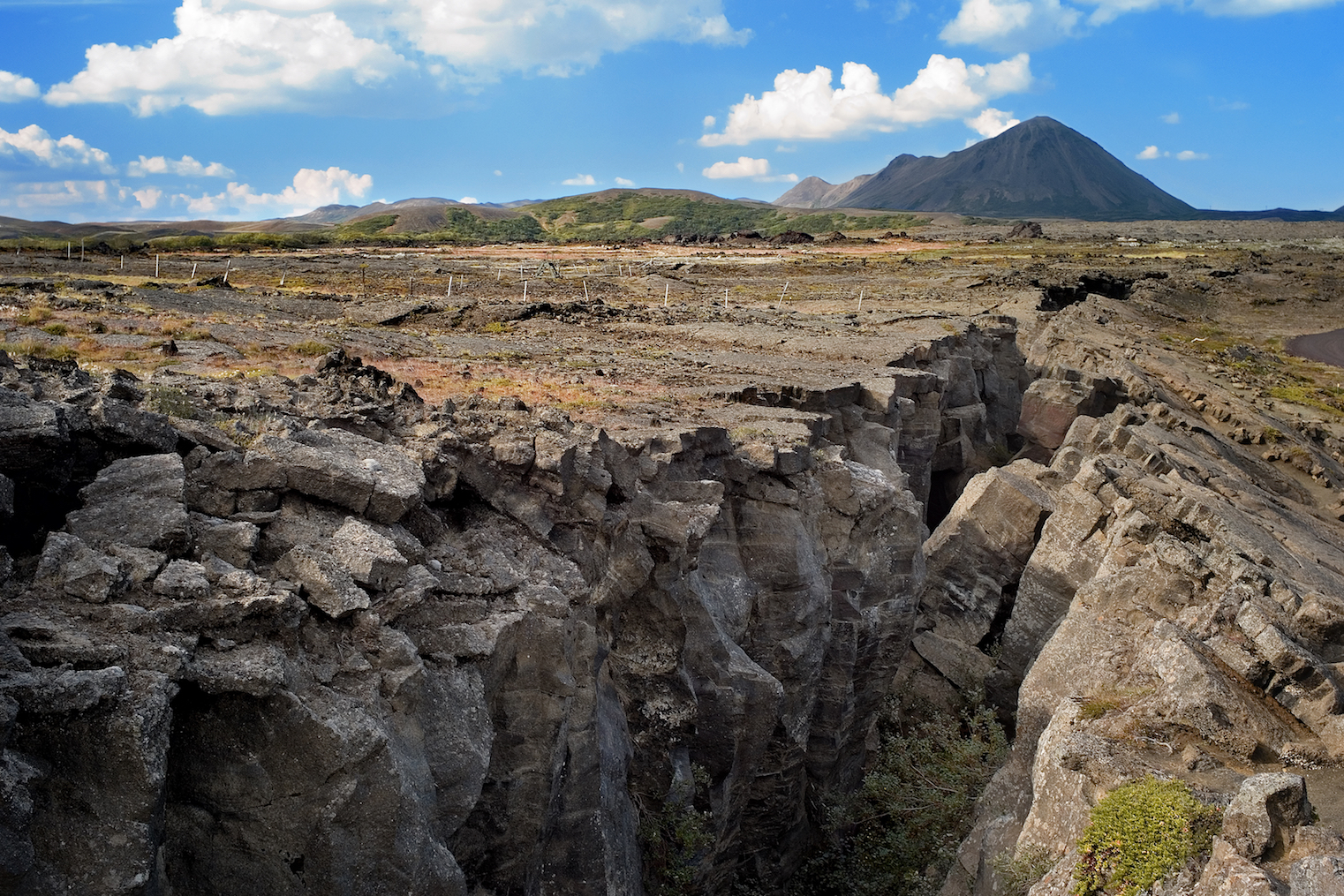
Tectonic plates are even less stable than we thought
Researchers have discovered that tectonic plates are weaker than what has been believed for many years. The scientists explained that previous studies have “drastically overestimated” their strength due to misinterpretations of rock strength in the lab.
Study co-author Lars Hansen is an associate professor of Rock and Mineral Physics at Oxford University.
“The strength of tectonic plates has been a major target of research for the past four decades,” said Hansen. “For plate tectonics to work, plates must be able to break to form new plate boundaries.”
Dr. Hansen said that scientists have put a lot of work into measuring the strength of key rocks that make up tectonic plates.
“Unfortunately, those estimates of rock strength have been significantly greater than the apparent strength of plates as observed on Earth,” said Dr. Hansen. “Thus, there is a fundamental lack of understanding of how plates can actually break to form new boundaries.”
For the current study, the research team used a technique known as “nanoindentation” to more accurately match the strength of the lab rocks to those found in the natural world. The nanoindentation experiments showed how the rocks that make up tectonic plates are weak enough to break and form new plate boundaries.
Dr. Hansen explained that the variability among previous calculations of rock strength “is a result of a special length-scale within the rocks – that is, the strength depends on the volume of material being tested. To determine this we used nanoindentation experiments in which a microscopic diamond stylus is pressed into the surface of an olivine crystal. These experiments reveal that the strength of the crystal depends on the size of the indentation.”
According to Dr. Hansen, the measured strength of the rocks increases as the size of the crystals decreases. Previous studies used synthetic rocks with crystal sizes much smaller than crystals found in nature, and so the tectonic plates were estimated to be much stronger than they actually are.
‘This result has implications beyond forming tectonic plate boundaries,” said Dr. Hansen. “Better predictions of the strength of rocks under these conditions will help inform us on many dynamic processes in plates. For instance, we now know that the evolution of stresses on earthquake-generating faults likely depends on the size of the individual crystals that make up the rocks involved. In addition, flexing of plates under the weight of volcanoes or large ice sheets, a process intimately linked to sea level on Earth, will also ultimately depend on crystal size.”
The research is published in the journal Science Advances.
—
By Chrissy Sexton, Earth.com Staff Writer













